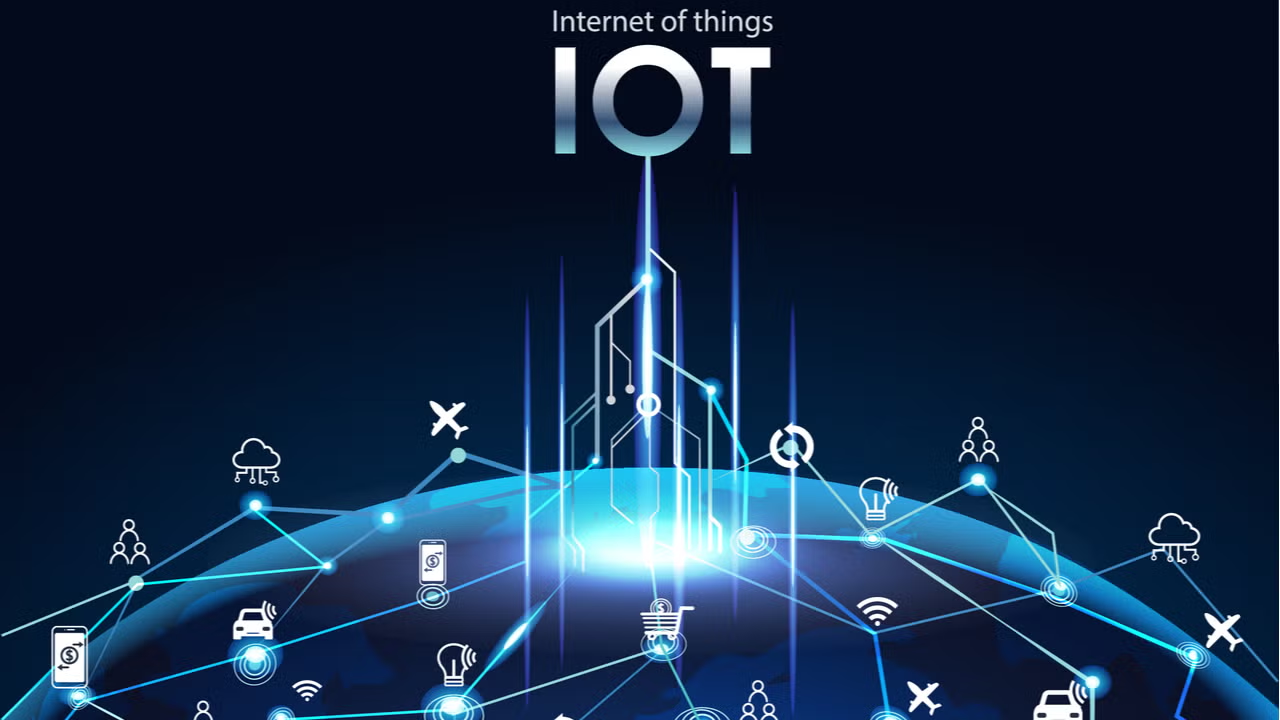Introduction: The Ongoing Transformation in Online Shopping
The world of e-commerce is undergoing a seismic transformation, driven by technological advancements, shifting consumer expectations, and the need for businesses to stay competitive. In just a few short years, the way people shop online has dramatically changed—from simple desktop browsing to highly immersive, personalized experiences that integrate artificial intelligence (AI), voice assistants, augmented reality (AR), and even blockchain technology. The pandemic accelerated these trends, pushing both consumers and businesses to adapt to a new digital-first shopping environment. As we move into 2025, the evolution of e-commerce is set to reshape the way we make purchasing decisions, interact with brands, and even exchange value.
Online shopping in 2025 will no longer be about static, one-size-fits-all digital storefronts. It will be an intelligent, dynamic experience that is more in tune with consumers’ needs and desires. Whether it’s a customized recommendation based on AI algorithms, purchasing through voice commands, or trying on clothes virtually via AR, the future of e-commerce is deeply integrated with cutting-edge technology. The next generation of online shopping promises convenience, security, and personalization on an unprecedented scale.
This article explores the key innovations transforming the e-commerce landscape, including AI-driven personalization, voice commerce, AR for virtual try-ons, social commerce, and blockchain integration. By understanding these emerging trends, we can better anticipate how shopping habits will evolve in the near future.
AI Personalization: Customizing Shopping Experiences with Machine Learning
One of the most powerful forces reshaping e-commerce is artificial intelligence. In 2025, AI will not only personalize product recommendations but also enhance the overall shopping experience by anticipating customer needs and improving customer service. Personalization goes beyond showing customers products they have previously browsed; AI-driven platforms will learn and predict preferences based on a user’s browsing behavior, purchase history, social media interactions, and even real-time context such as location and time of day.
- Smart Recommendations: Algorithms powered by machine learning will get more sophisticated, offering personalized product suggestions based on individual tastes and preferences. By leveraging data from previous purchases, AI systems can predict what a consumer is likely to want next, whether it’s a new style of clothing, a different brand of skincare, or a tech gadget that complements their current setup. This level of personalization will make shopping more intuitive, relevant, and efficient.
- Dynamic Pricing: AI will also enable dynamic pricing strategies, allowing e-commerce sites to adjust prices in real-time based on factors such as demand, customer profiles, browsing behavior, and competitor pricing. Consumers may see customized prices or promotions based on their purchasing patterns, loyalty, and even price sensitivity.
- Enhanced Customer Support: Chatbots and virtual assistants, powered by natural language processing (NLP), will be able to offer real-time, personalized customer service. These AI systems can help customers find products, answer queries, and provide support across multiple channels, from websites to social media platforms.
- Predictive Shipping: AI will predict the needs of customers before they even realize they need something. For instance, AI systems might automatically offer replenishment options for products that customers are likely to run out of, such as groceries, personal care items, or even pet food, creating a seamless experience for repeat purchases.
Voice Commerce: The Rise of Shopping with Voice Assistants
As voice assistants like Amazon Alexa, Google Assistant, and Apple Siri become more integrated into daily life, voice commerce is quickly gaining traction. By 2025, voice shopping is expected to become a mainstream way to make purchases, enabling consumers to shop hands-free while multitasking or on the go.
- Voice-Activated Shopping: Consumers will be able to place orders, ask for product recommendations, or check out in a matter of seconds just by speaking to their smart devices. This is particularly useful for items that require frequent repurchasing, such as groceries or household supplies. Voice commerce will also be enhanced by AI-driven systems that understand context and intent, making recommendations or even suggesting alternative products in real-time.
- Seamless Integration with Smart Devices: E-commerce platforms will integrate deeply with voice-enabled devices like smart speakers, wearables, and even in-car systems. This creates a unified shopping experience where consumers can add products to their carts, track deliveries, and even receive updates through voice commands.
- Personalized Voice Shopping: Just as AI tailors product recommendations on websites, voice assistants will offer personalized suggestions based on users’ previous shopping habits, preferences, and calendars. For example, a voice assistant could remind you that it’s time to order a new pair of running shoes or suggest a gift for an upcoming anniversary.

Augmented Reality (AR): Trying Before You Buy with Virtual Try-Ons
One of the most exciting technologies in e-commerce today is augmented reality (AR), which is taking online shopping to a whole new level by allowing customers to virtually try products before making a purchase.
- Virtual Try-Ons: With AR, customers can “try on” clothes, makeup, or even shoes virtually before buying them. This feature is becoming increasingly popular in the fashion and beauty industries, where online shopping often lacks the ability to see products in person. For instance, a consumer can use an AR-powered mobile app to see how a pair of sunglasses looks on their face or how a piece of furniture would look in their living room.
- Improved Product Visualization: AR allows shoppers to visualize how products will fit into their homes or lifestyle. Whether it’s a new couch, home appliance, or even a new color of paint on the walls, AR lets consumers see products in their actual environment through their phone or AR glasses. This eliminates uncertainty and encourages more confident purchasing decisions.
- Enhanced In-Store Experiences: Even as consumers shift toward online shopping, many retailers are adopting AR to enhance in-store experiences. Shoppers can use AR to receive more detailed product information, view price comparisons, or even navigate the store more efficiently by overlaying directions or finding stock availability through their smartphones.
Social Commerce: How Social Media is Shaping Purchasing Decisions
Social commerce, the integration of shopping features into social media platforms, is becoming a dominant trend. Platforms like Instagram, Facebook, Pinterest, and TikTok are rapidly evolving to allow direct purchases without leaving the app, making it easier than ever for users to shop based on social influences.
- Shoppable Posts: On platforms like Instagram, users can now tap directly on product tags within posts to buy items instantly. Influencers and brands will continue to drive the conversation, showcasing products and experiences that are easily purchased via links embedded in their content. This trend will only grow in 2025, with social media platforms doubling down on providing seamless purchasing experiences.
- Social Proof and User-Generated Content: Social commerce thrives on the concept of user-generated content (UGC). Consumers are more likely to trust peer recommendations over traditional advertisements. In 2025, expect to see more platforms supporting reviews, unboxings, tutorials, and customer photos that help potential buyers make informed decisions based on real-life experiences.
- Live Shopping Events: Live-streamed shopping events, where brands and influencers host real-time broadcasts to promote and sell products, will become more immersive. Platforms like Instagram Live and Facebook Live are already experimenting with live commerce, and this trend will expand as brands seek new ways to engage their audiences and offer exclusive deals.
Blockchain and Crypto Payments: The Future of Secure Transactions
The future of e-commerce will also be shaped by the adoption of blockchain technology and cryptocurrencies as secure, decentralized payment systems. Blockchain’s ability to offer transparent, tamper-proof transactions will enhance trust and security in digital payments, while cryptocurrencies like Bitcoin, Ethereum, and new stablecoins will become more widely accepted.
- Cryptocurrency Payments: By 2025, more e-commerce platforms will accept cryptocurrencies as a method of payment, offering a fast and secure alternative to traditional banking systems. Blockchain-based payment methods promise lower transaction fees, faster processing times, and greater privacy for consumers.
- Smart Contracts: Blockchain technology will enable the use of smart contracts, which automatically execute transactions based on pre-set conditions. This could reduce the risk of fraud, eliminate intermediaries, and streamline the buying process.
- Enhanced Security and Privacy: Blockchain’s decentralized nature offers improved security and privacy for consumers, ensuring that personal and financial information is protected from breaches or unauthorized access.
Conclusion: How E-commerce Is Expected to Evolve in the Coming Years
As we move further into 2025, the e-commerce landscape will continue to evolve, driven by AI, AR, voice commerce, blockchain, and the growing influence of social media. These technological innovations promise to make online shopping more personalized, immersive, and secure, offering consumers greater convenience and satisfaction. However, for businesses to thrive in this fast-changing environment, they must adapt to these trends, investing in cutting-edge technologies and creating seamless, customer-centric experiences. The future of e-commerce is bright, and those who stay ahead of these trends will be well-positioned to shape the future of shopping.

















































Discussion about this post